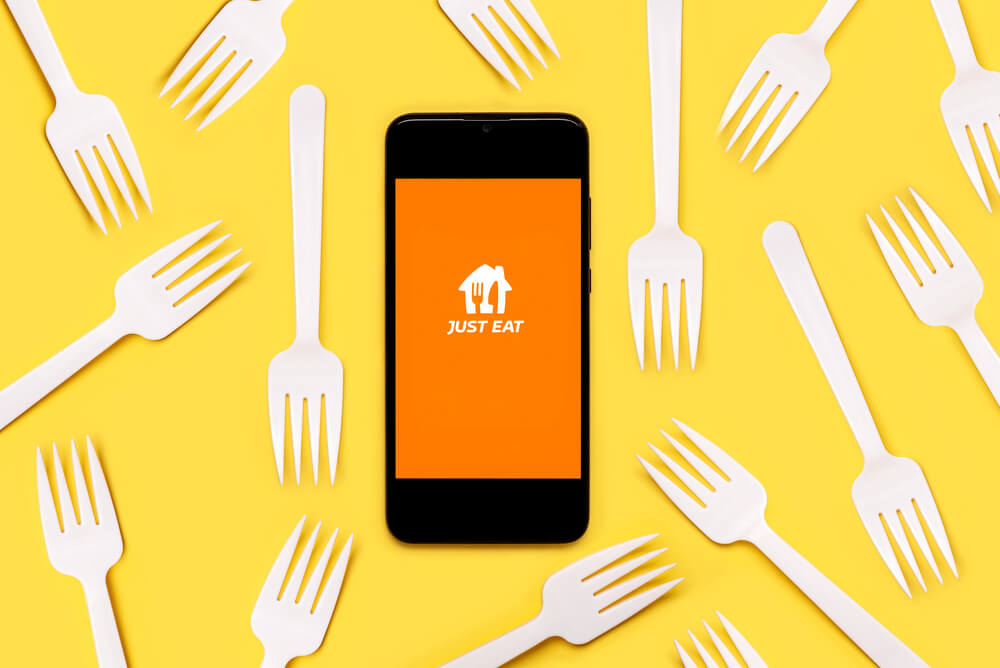
- Products
- Solutions
- Learn
- Partner
- Try Now
The branded fast food joints such as KFC, Domino’s, or Burger King have successfully resided in one’s heart. People trust the quality of their food a lot and also appreciate their ability to serve dine-in and provide drive-throughs as well. Lately, emerging digitization including online food ordering and delivery has encouraged people’s favorite brands to serve them food at their homes, hot and fresh!
What’s better than our favorite food from trusted brands coming straight onto our doorsteps? Nothing else, do you agree? One of such kind is McDonald’s, which has never failed to satisfy its customers. Let’s read about the McDonald’s business model to know how this franchise is prospering notably in the online sector.
- About McDonald’s
- History of McDonald’s
- Franchise Business Model of McDonald’s
- McDonald’s Business Model: Segments
- Marketing Strategies
- Growth Plan and Accelerators
- McDonald’s Response to Covid-19
- Summing Up
About McDonald’s
McDonald’s is an American fast-food company, founded in 1940 in San Bernardino, California, United States. Previously, it had its headquarters in Oak Brook, Illinois, but moved to Chicago in June 2018. As of 2018, McDonald’s served over 69 million customers daily across 37,855 locations in over 100 countries around the world, making it the world’s largest restaurant chain by revenue. With over 1.7 million employees, McDonald’s ranks second in the world’s private employers (behind Walmart with 2.3 million employees). As of 2020, McDonald’s has the ninth-largest brand value in the world.
History of McDonald’s
Richard and Maurice McDonald moved to California from New England in search of opportunities. In 1948, these brothers launched a Speed Service System with burgers that would cost 15 cents each. Having gained popularity over time, they were then able to franchise their concept.
Ray Kroc was a native Chicagoan and a salesman who visited the McDonald brothers in 1954. Kroc was deeply impressed with the way the McDonald brothers conducted business. This led him to become the first McDonald’s franchisee. He opened the first restaurant for McDonald’s System Inc. In 1961, he purchased the rights from the McDonald brothers for $2.7 million.
Franchise Business Model of McDonald’s
McDonald’s follows a three-structured franchise model. The company’s franchisees own and operate 90% of its restaurants. Franchisees operate their restaurants with oversight from the company and act as their employer. They have significant control over the pricing, the sale, and the operation of their restaurants. McDonald’s business model centers on a master plan, titled “Plan To Win,” which is implemented across the globe. According to McDonald’s mission statement, “Quality, Service, Cleanliness, and Value,” the company adheres to each of these qualities.
- In 2020, McDonald’s generated total revenue of 19.21 billion U.S. dollars.
- In a 2021 ranking of brands based on their value, McDonald’s ranked ninth with almost 155 billion U.S. dollars, an increase of 20% from the previous year.
McDonald’s Business Model: Segments
Qualitatively, the segments can be divided into four categories:
- The U.S., which as of 2018 continues to be still the most significant market.
- International Lead Markets include Australia, Canada, France, Germany, the U.K., and related markets.
- High Growth Markets that comprise markets with significant growth potential include China, Italy, Korea, the Netherlands, Poland, Russia, Spain, Switzerland, and related markets.
- Foundational Markets & Corporate, the remaining markets in the McDonald’s system, most of which operate under a heavily franchised model.
McDonald’s Business Model: Marketing Strategies
- 5 P’s: McDonald’s works on enhancing the customer experience by focusing on the 5 Ps. These 5 Ps include people, products, place, price, and promotion.
- McDonaldization: McDonald’s success in the international forum is often described as a ‘McDonaldization’. Due to its organizational structure, it has been successful in more than 120 countries. Localization is the main focus of the central organization.
- Employee Relationship: McDonald’s supports its employees, unlike any other company. Business growth is fostered by career opportunities, a positive work environment, and strong relationships.
McDonald’s: Growth Plan and Accelerators
The Velocity Growth Plan, introduced in 2017, is McDonald’s business model and customer-centric strategy that focuses on three key components of the business: food, value, and customer experience.
- Retaining existing customers: Emphasizing areas where it already has a strong foothold, such as family occasions and food-oriented breakfasts.
- Regaining customers who visit less often: Recommitting to its historic strengths, such as taste, quality, convenience, and quality of the product: food.
- Converting casual to committed customers: Building lasting relationships with customers so they visit more often, by strengthening and expanding the McCafé coffee brand and enhancing snack and treat offerings.
McDonald’s remains committed to continuing its aggressive deployment of the three growth accelerators in 2019 and beyond:
- Experience of the Future (“EOTF”): A modernization and technological upgrade that improves the restaurant experience and enhances the customer’s perception of the brand.
- Digital: McDonald’s is enhancing its technology platform to give customers more choices in how they order, pay, and are served, which includes increased functionality on its global mobile app, self-service kiosks, and technologies that facilitate curbside and table service.
- Delivery: McDonald’s has gradually started offering delivery to more than 50% of its global restaurant system in 2018. In 2017, McDonald’s announced it would partner with Uber Eats for home delivery for the first time in the U.S and followed that up by adding Doordash and GrubHub in 2019. As part of a strategy to remain relevant, these partnerships focus on the newer generation of people who prefer home delivery to pickup.
McDonald’s Response to Covid-19
McDonald’s entered the pandemic well-positioned to operate in an environment where diners are looking to minimize contact with others. Nearly 95% of McDonald’s U.S. restaurants have a drive-thru, and the company expects digital sales that come through its online ordering app, a kiosk, or via delivery to surpass $10 billion, or nearly 20% of its sales, across its top six markets.
As a result of the change in customer behavior in COVID-19, McDonald’s has a competitive edge. Delivery is booming and the use of the McDonald’s food ordering app has surged as more and more customers are ordering and paying for their food on mobile devices.
Summing Up
Inspired enough by this remarkable success story of McDonald’s? To your surprise, McDonald’s India is already using Tookan, by Jungleworks to automate their deliveries & dispatch. So, now if you are thinking of getting into a business similar to McDonald’s, then Yelo can be the ultimate solution!
Yelo can help you create a franchise-based ordering platform. While Yelo lets you create an online food delivery application for your customers, Tookan will help you manage your deliveries in the best way possible (just like McDonald’s India is using). With the aid of its all-encompassing range of features, Yelo can help you cater to your wide and varied customers in the easiest and most efficient manner possible.
Start your own online food delivery business and become a well-known brand among your customers, and cater to their hunger with exotic delicacies!
Is the free trial likely to increase your confidence in the platform? We know you best. Hop on Yelo’s free 14-day trial and get started today!
Subscribe to stay ahead with the latest updates and entrepreneurial insights!

Subscribe to our newsletter
Get access to the latest industry & product insights.
























